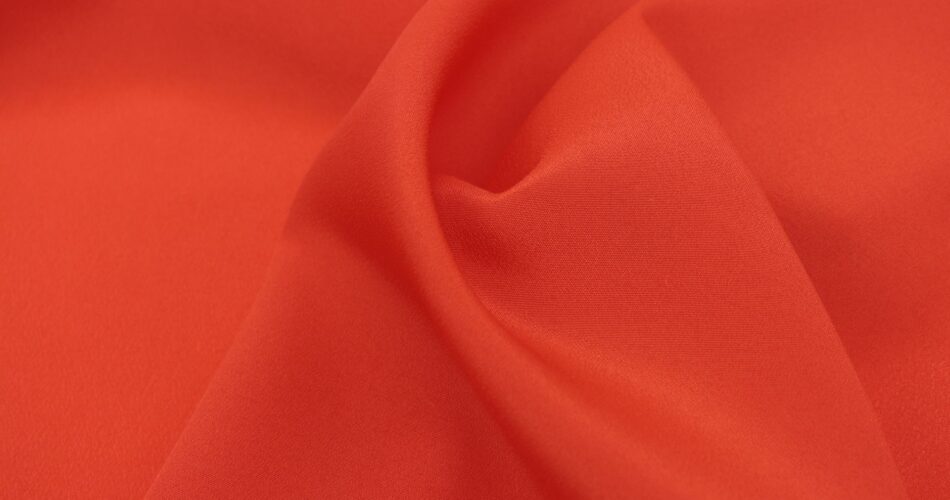This is a big find.
Recent research has shed new light on the use of ancient dyes, providing a vibrant addition to our understanding of biblical texts. A rare textile fragment, less than 2 centimeters in size, discovered in 2016 in the “Cave of Skulls” in the Judean Desert, has been identified as containing the oldest known red dye derived from scale insects. This significant find emerged from excavations led by the Israel Antiquities Authority (IAA) and Hebrew University, with contributions from Bar-Ilan University and support from the Israel Science Foundation.
The 3,800-year-old textile was analyzed using High-Performance Liquid Chromatography (HPLC), a sophisticated method used in biology and chemistry to identify substances. This analysis confirmed that the dye was made from kermes, an oak scale insect, aligning with the biblical reference to “Tola’at Hashani” (scarlet worm). The research, detailed in the Journal of Archaeological Science: Reports, provided a precise dating of the textile to the Middle Bronze Age.
The red dye from kermes was highly prized in ancient times for its vibrant hue and was one of the most expensive and sought-after colors. Historical records, including Mesopotamian cuneiform tablets, frequently mention kermes. The term “scarlet worm” appears repeatedly in the Bible, often associated with luxurious textiles and ceremonial items, highlighting the dye’s prestigious status in ancient cultures.
Despite numerous historical references, physical examples of kermes-dyed fabrics from before the Roman period are rare. This textile fragment not only connects directly to biblical accounts but also reveals the advanced state of the ancient dyeing industry and extensive international trade networks. The specific scale insect species identified, Kermes vermilio, was not native to Israel, suggesting the existence of sophisticated trade routes.
Overall, this discovery enriches our understanding of ancient textile practices and highlights the cultural and economic significance of dyeing in the ancient world. It bridges the gap between written historical sources and physical archaeological evidence, offering insights into the elite societies and commercial interactions of the time.
